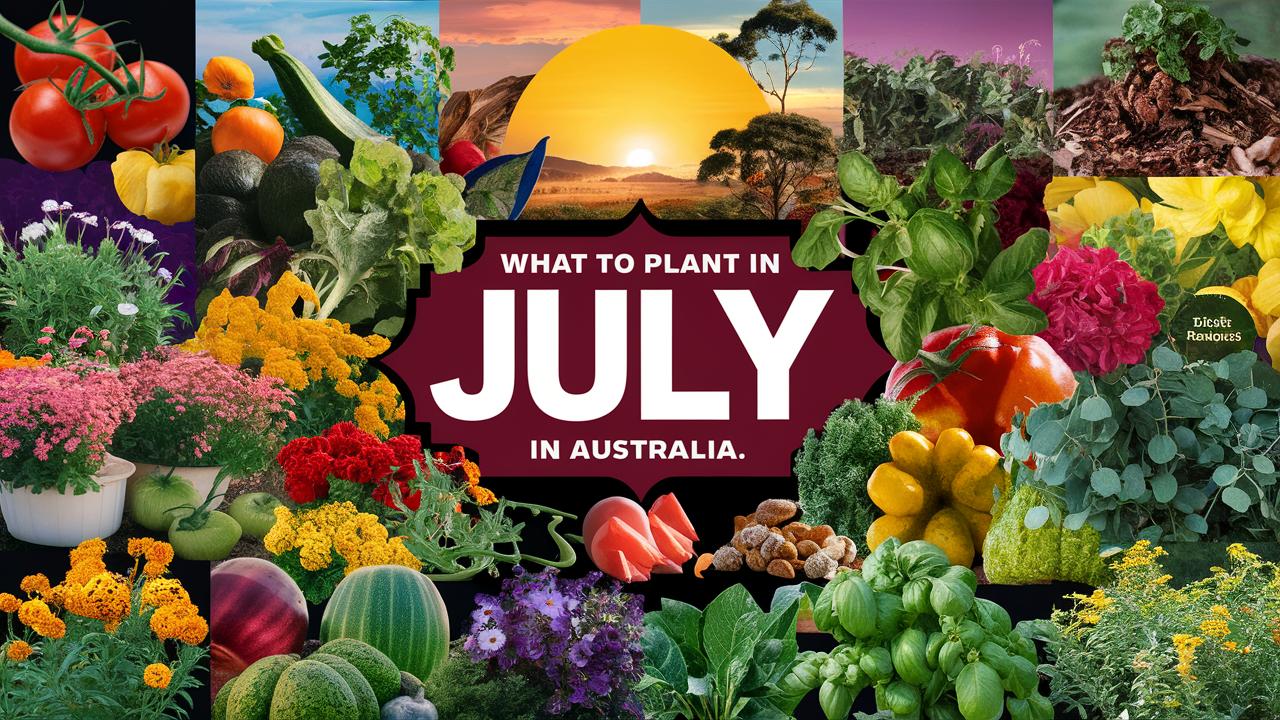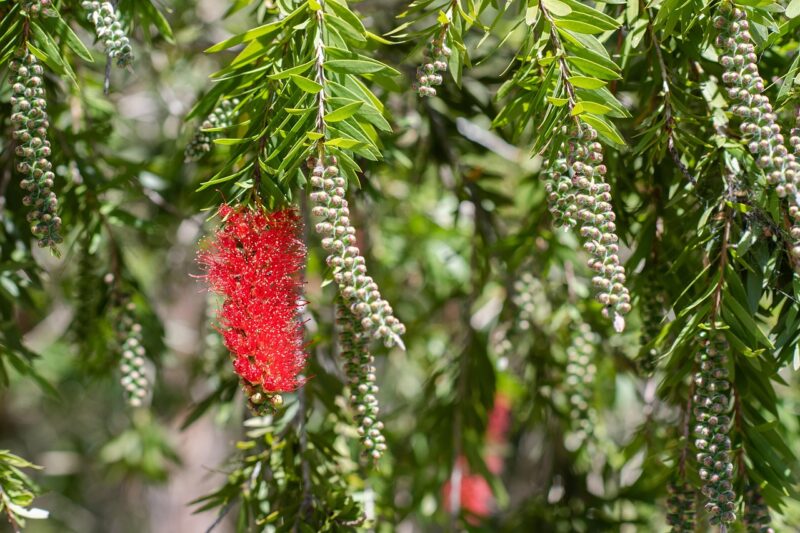This post is designed to guide you through the best vegetables, flowers, herbs, and landscape plants to consider planting in July, providing in-depth information on their temperature tolerance, planting dates, and regional suitability.
Vegetables To Plant
When it comes to growing vegetables in July, there’s a wealth of options that can establish themselves and even provide a bountiful harvest before the warmer weather sets in. Below are ten vegetable options that are ideal for planting during this month.
Broccoli

Broccoli is a forgiving winter vegetable that can be sown directly into the ground in most regions of Australia, though it thrives particularly well in temperate areas like New South Wales and Victoria. It prefers temperatures between 15°C to 20°C. For northern regions, such as Queensland, it’s best to sow seeds in a sheltered position to avoid the heat later in the year.
Planting Tip: Start seeds indoors or in a warm spot for a jumpstart and transplant after about four weeks when seedlings are ready to handle the outdoors.
Carrots
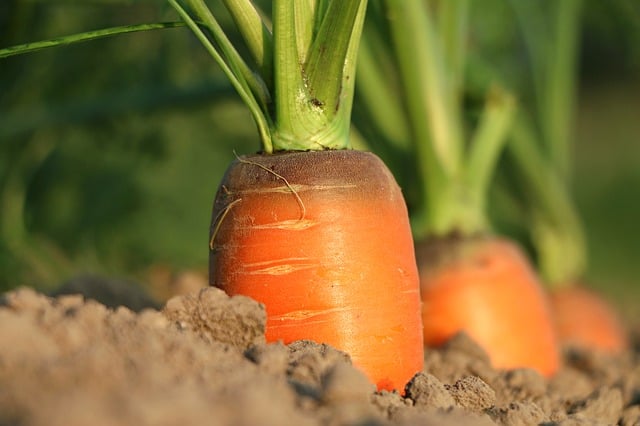
Carrots can be sown virtually anywhere in Australia from late July. They grow best in cool climates, tolerating temperatures as low as 4°C. Regions like Tasmania see success with different varieties, but in warmer areas, it’s advisable to keep them shaded and adequately watered.
Planting Tip: Sow directly in well-drained soil to allow free growth. Carrots thrive when sown in straight rows to ensure adequate space for roots.
Spinach
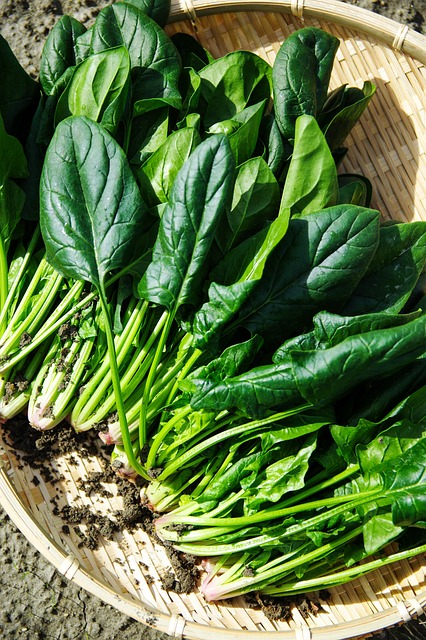
Spinach is another cool-season crop that does particularly well in the cooler temperatures of July. It thrives in temperatures between 10°C and 20°C, making it particularly well-suited to southern areas like Tasmania and parts of Victoria. In northern regions, taller varieties should be planted in a shaded area to avoid bolting.
Planting Tip: Regular watering and a rich, organic soil can yield lusher foliage and prevent bitterness in taste.
Peas
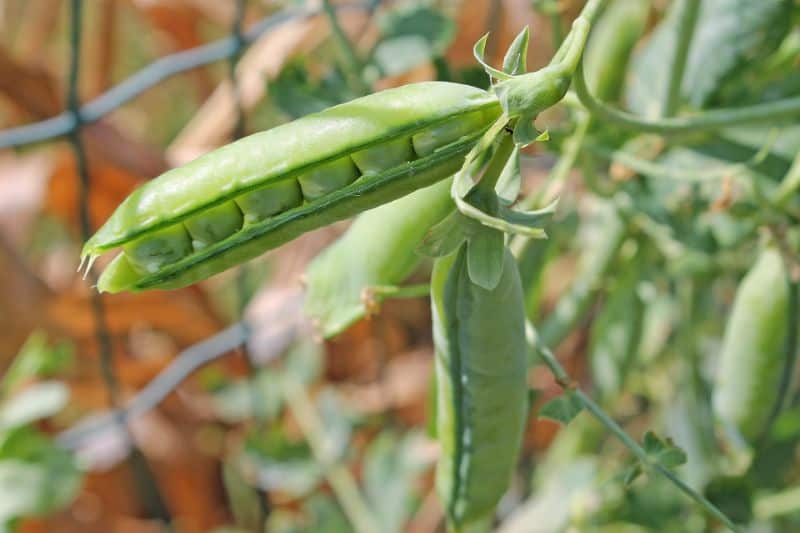
Peas are excellent for planting in July, particularly in southern and temperate areas. They perform best in cool, moist climates and germinate well in temperatures as low as 5°C. However, they do require protection from frost, especially during early growth stages.
Planting Tip: Using a trellis or support can significantly improve yield and ease of harvesting once the peas mature.
Cabbage

Cabbage can be direct-seeded in July, particularly in southern and temperate regions where growing conditions are favorable. They prefer cooler temperatures, ideally between 10°C and 20°C. In northern regions, it’s critical to choose heat-resistant varieties to withstand the climate.
Planting Tip: When starting seeds indoors, acclimatize them gradually to outdoor conditions before transplanting.
Garlic
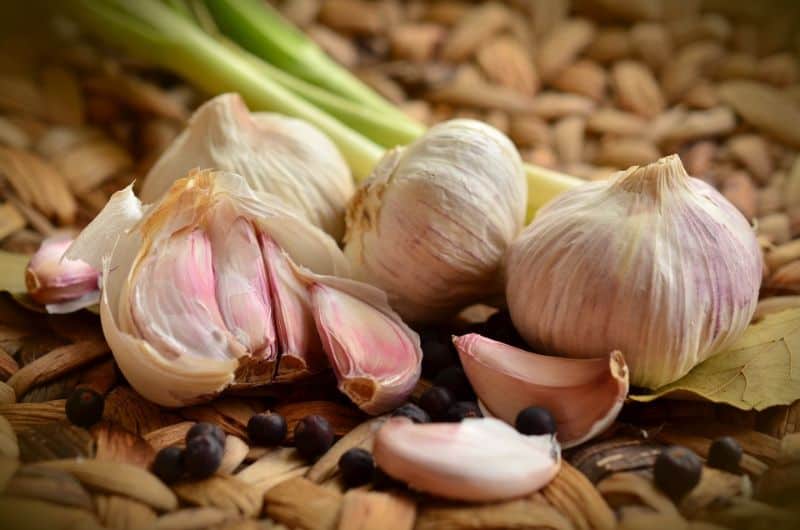
July is the perfect time to plant garlic, especially in the southern states. Garlic thrives in cooler months and needs a chilling period to develop properly. Ideal temperatures are between 5°C and 15°C, making winter planting the preferred choice.
Planting Tip: Space cloves around 10-15 cm apart in well-draining soil, with the pointed end facing upwards.
Onions
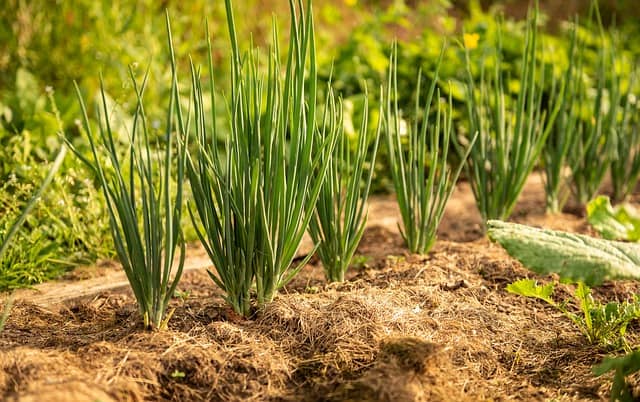
Onions can also be sown in July, particularly in the southern regions of Australia. They grow well in cooler temperatures, typically around 10°C to 20°C. In warmer areas, they may be started in shade or sown indoors until temperatures moderate.
Planting Tip: Using nutrient-rich soil and applying a light mulch can help in developing robust bulbs.
Kale

Kale is highly resilient in the winter and can tolerate frost and cooler temperatures with ease. It prefers a range from 5°C to 20°C, making July an optimal time for sowing, especially in southern regions like Tasmania.
Planting Tip: Regular harvesting encourages new leaf growth, making it a continuous source of nutritious greens throughout the season.
radishes
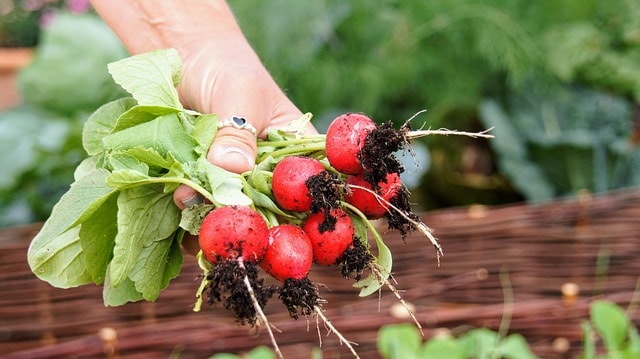
Radishes are quick-growing vegetables that can be sown throughout July. They grow well in cooler conditions and thrive in temperatures around 10°C to 15°C. Planting in well-drained soil is crucial to successful root development.
Planting Tip: They can be harvested within a month of planting, ensuring a fresh crop on your table quickly.
Turnips
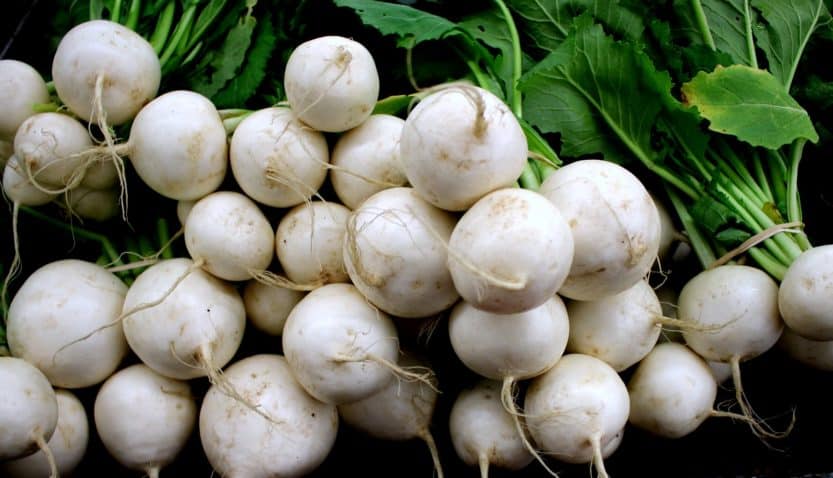
Turnips can be planted in late July, especially in cooler regions where they can thrive in temperatures ranging from 10°C to 20°C. They are sensitive to extreme heat, especially in northern regions of Australia.
Planting Tip: Intercropping with fast-growing plants like radishes can maximize space and yield.
Flowers To Plant
Flowers not only beautify the garden but can also attract pollinators and beneficial insects. Here are ten flowers to consider planting in July across different Australian climates.
Pansies
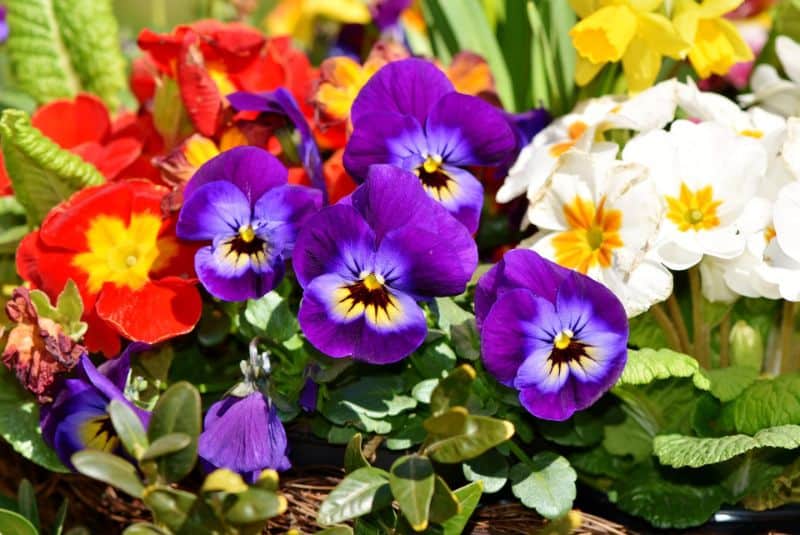
Pansies are one of the best winter flowers and can be planted throughout Australia in July. They thrive in cool conditions, enjoying temperatures between 10°C and 20°C. They are relatively hardy and can withstand frost, making them ideal for colder regions.
Planting Tip: Deadheading spent blooms encourages additional flowering throughout the season.
Snapdragons
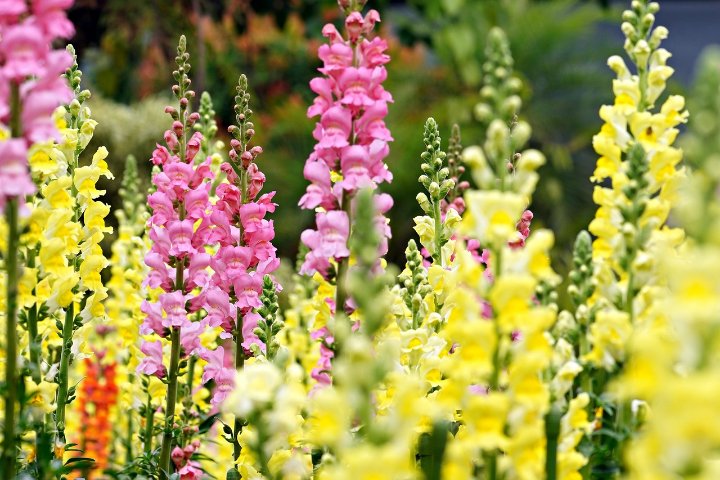
Snapdragons thrive during the cooler months and can successfully be sown in July, particularly in southern regions. They prefer temperatures that do not exceed 20°C and will bloom beautifully in the spring.
Planting Tip: Providing support for taller varieties can help prevent wind damage.
Sweet Peas
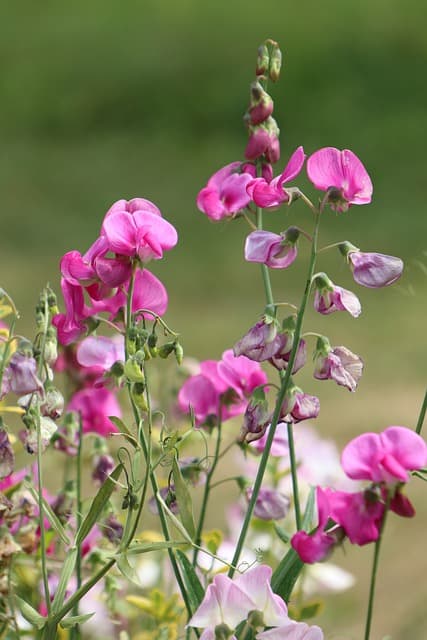
Sweet peas enjoy cool weather and can be sown in July, taking advantage of the winter months to establish themselves. They flourish best in temperatures around 10°C to 15°C and should be planted in well-draining soil.
Planting Tip: Soak seeds overnight before planting to improve germination rates.
Calendula
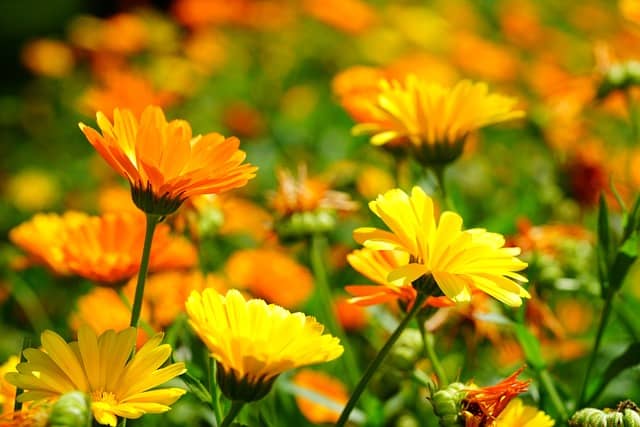
Calendula, or pot marigold, is another great flower for winter planting. It thrives in cooler temperatures and can rapidly fill out a garden bed. They bloom from winter through spring, offering vibrant colors.
Planting Tip: Regular deadheading helps prolong blooming and enhance overall plant vigor.
Dusty Miller
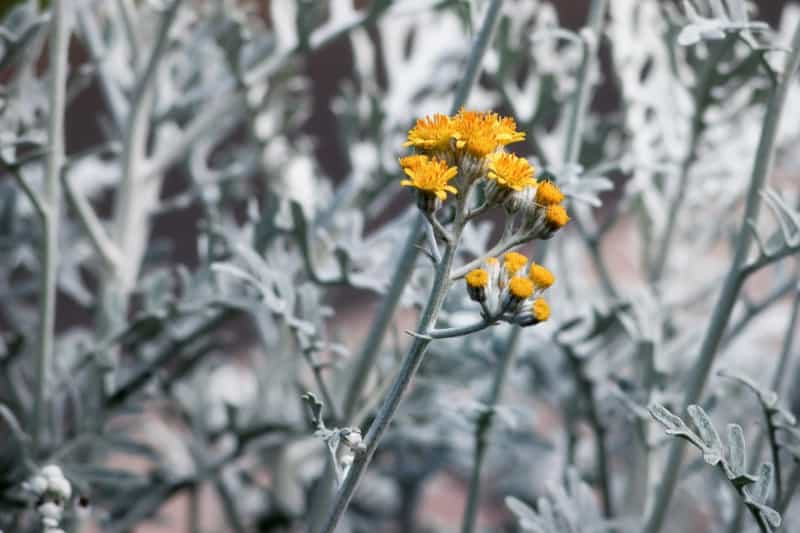
Dusty Miller thrives well in cooler conditions and will bring a silvery touch to your garden. It is best suited for southern areas during July, where temperatures are moderate and suitable.
Planting Tip: Ensure adequate drainage to prevent root rot, as they do not like wet feet.
Dianthus

Dianthus (or carnation) thrives in cooler months and can tolerate some frost. It is perfect for July planting across many Australian regions, especially in temperate areas. They enjoy sunny locations and moderate temperatures.
Planting Tip: Prune back after blooming to encourage more flowers.
Lobelia
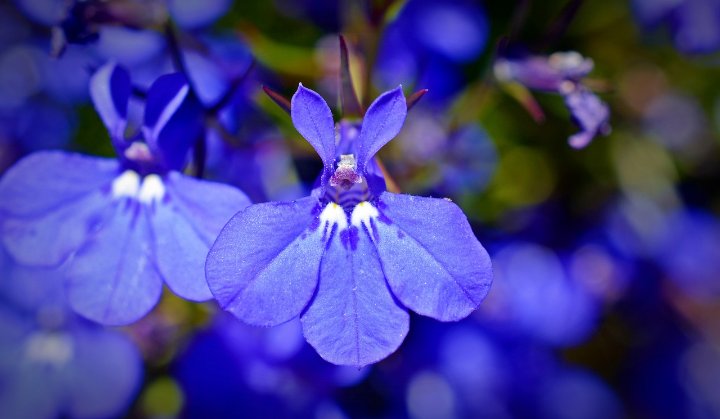
Lobelia is an excellent choice for cooler months, adding lovely colors to your garden. It works well in borders and pots, thriving in temperatures around 10°C to 20°C.
Planting Tip: For compact growth, pinch back the tips of young plants.
Forget-me-nots
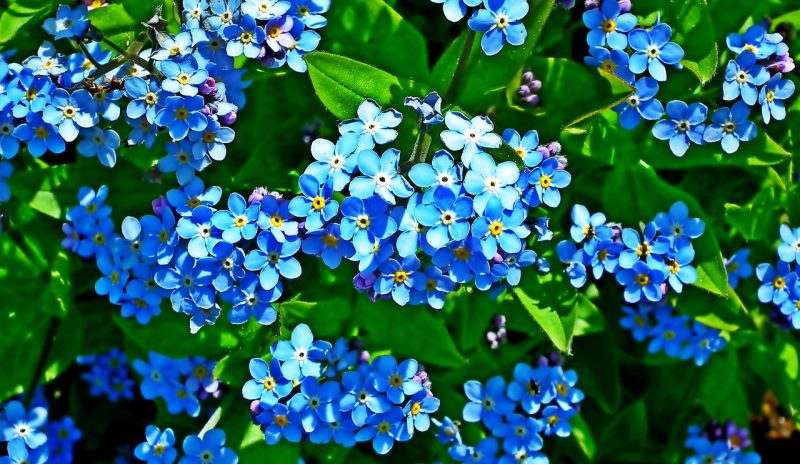
Forget-me-nots can be planted in July, providing a stunning profusion of blue flowers in spring. They prefer cooler temperatures, making them suitable for southern states.
Planting Tip: They thrive in moist, well-draining soil, making watering essential at germination.
Alyssum
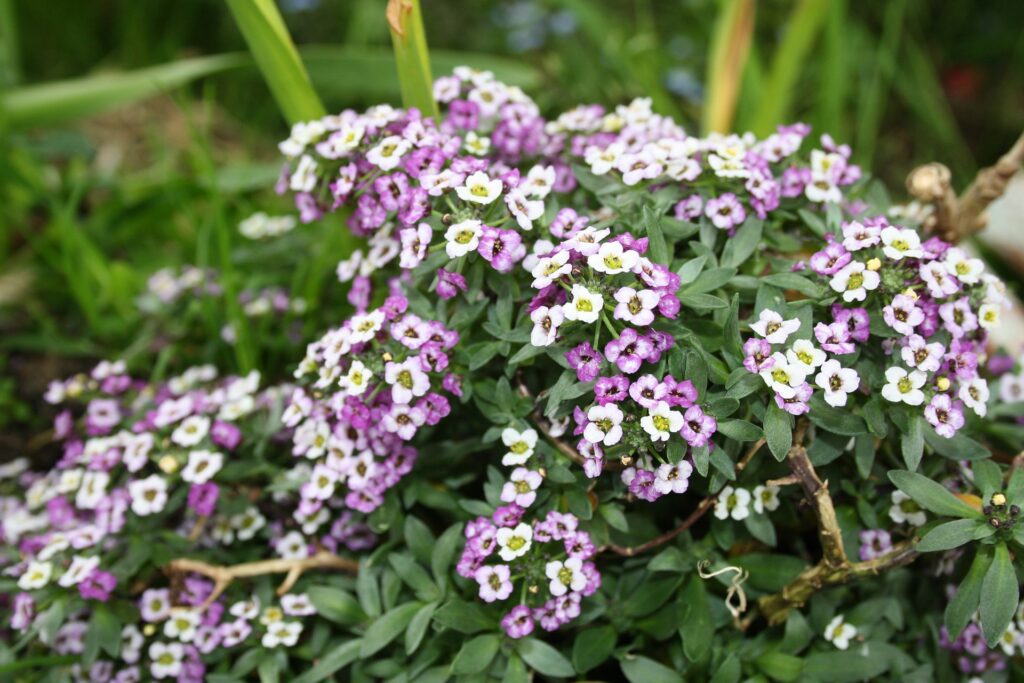
Alyssum is another forgiving plant that can bring charm with its delicate flowers. It does well in cooler conditions and can be sown in regions that experience moderate climate, where temperatures range from 10°C to 20°C.
Planting Tip: A light trim after bloom will encourage new growth and enhance appearance.
Marigolds
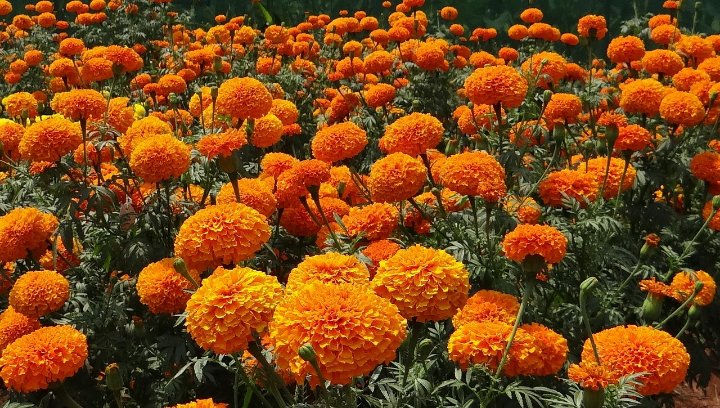
Marigolds can be planted as well, though they may struggle in the cooler southern regions. They do, however, thrive in warmer climates, such as in northern Queensland. They can tolerate a range of conditions but prefer moderate temperatures.
Planting Tip: Regular removal of spent blooms helps to promote continuous flowering.
Herbs To Plant
Herbs are versatile and can greatly enhance the kitchen, but they also add flavor, fragrance, and beauty to a garden. Here are ten herbs to consider planting in July across different climates within Australia.
Parsley
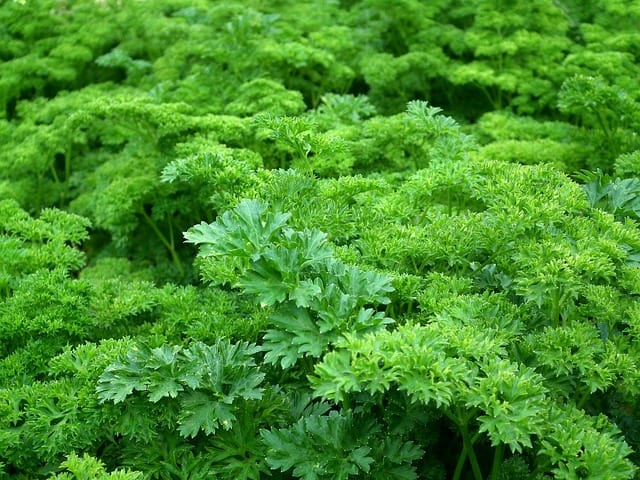
Parsley is a hardy herb that can be sown directly into the ground in July. It loves cooler temperatures, thriving ideally around 10°C to 18°C. You can plant it successfully in most regions, but in very hot areas, consider semi-shade.
Planting Tip: Harvesting the outer leaves encourages bushy growth.
Thyme
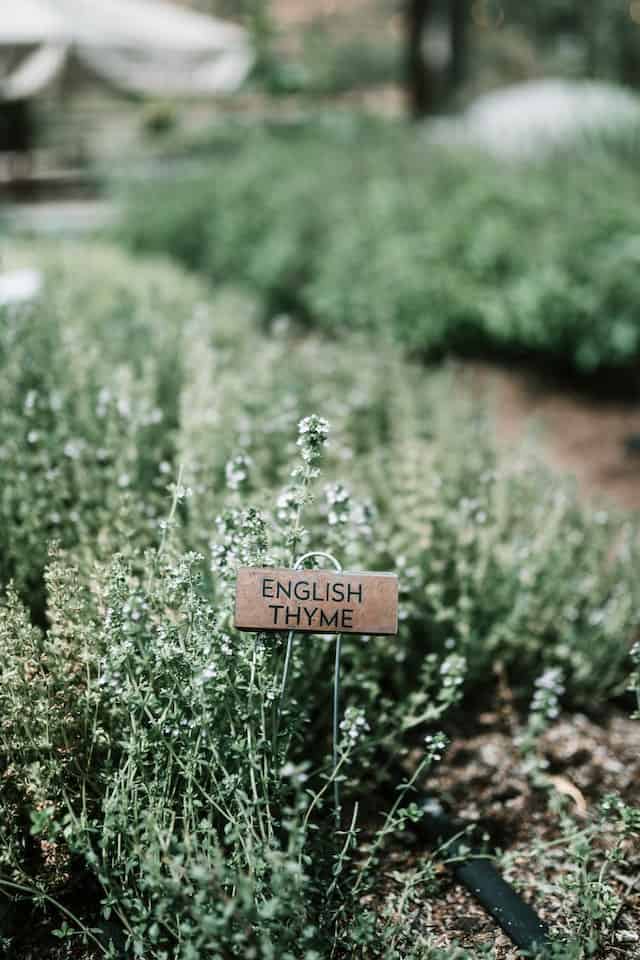
Thyme is a Mediterranean herb well-suited for growth in cooler Australian winter temperatures. Planting in July allows it to establish before the warmer months. It is drought tolerant and does well in well-drained soil.
Planting Tip: Trim back established plants to promote new green growth.
Rosemary
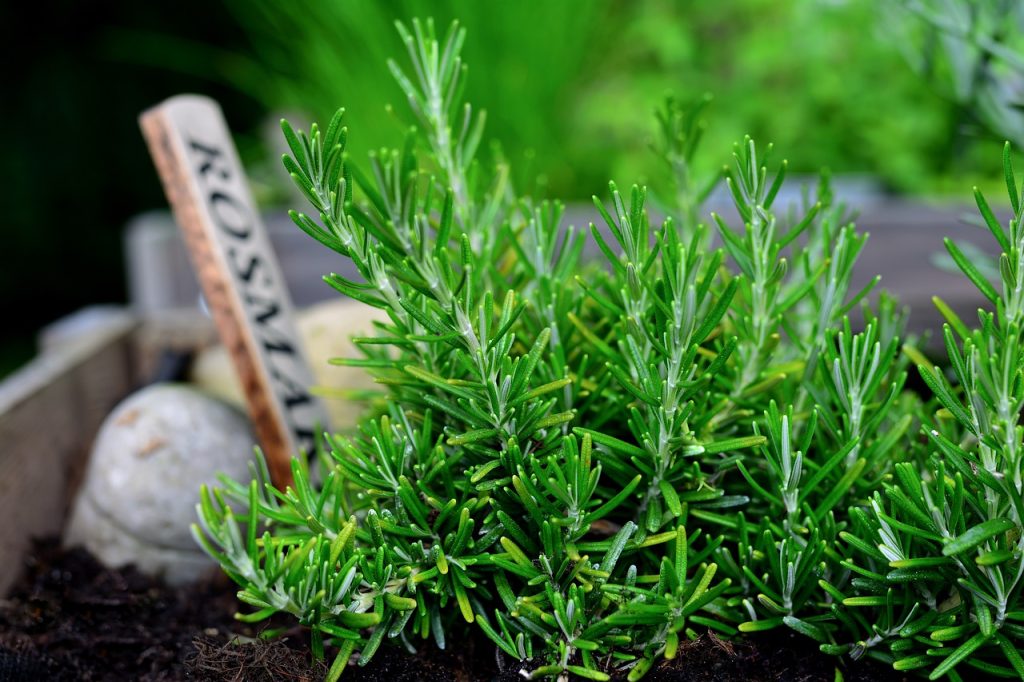
Rosemary is another hardy herb that can thrive in Australian gardens. While it prefers warmer conditions, it can be identified in the ground during July in milder regions. It grows best with good drainage and slightly alkaline soil.
Planting Tip: Rosemary can flourish with minimal watering once established.
Chives

Chives are easy to grow and quite resilient to cooler temperatures. July is a perfect month to plant them, as they will thrive once the warmer weather arrives. They prefer well-drained soil and moderate amounts of sunlight.
Planting Tip: Regular harvesting will encourage new growth and keeps plants healthy.
Coriander
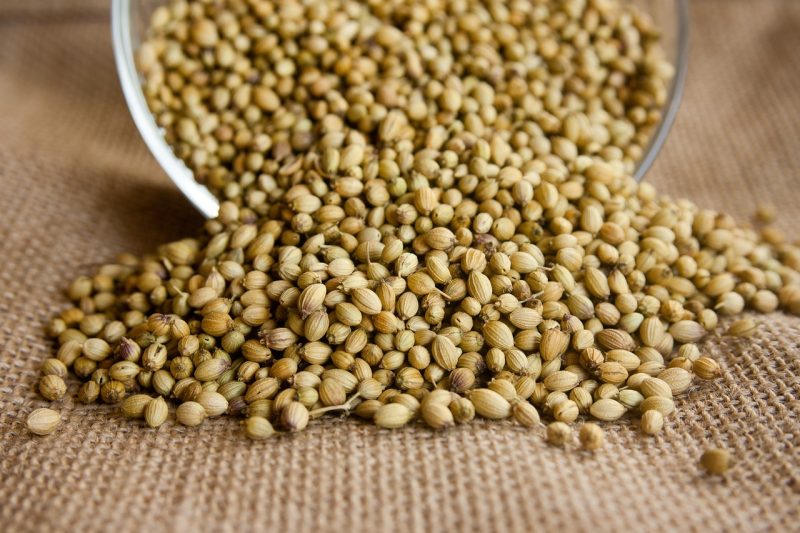
Coriander can be planted in July but is best sown in early spring to avoid bolting as temperatures rise. In cooler regions, July planting can work well particularly in shaded areas for a good start.
Planting Tip: Regular planting every few weeks ensures continuity of crops.
Basil
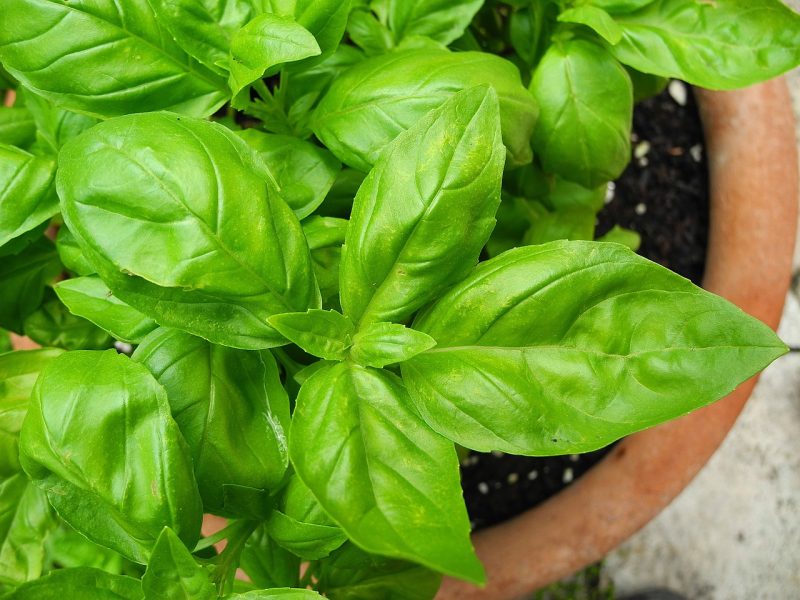
Basil is less tolerant to cold and typically doesn’t do well if planted in July in most of Australia. However, in warmer, northern regions (like northern Queensland), you could start basil in a sheltered spot inside in preparation for the next planting cycle.
Planting Tip: Use heat mats indoors or choose a parthenocarpic variety that can set fruit without pollination for earlier yields.
Oregano
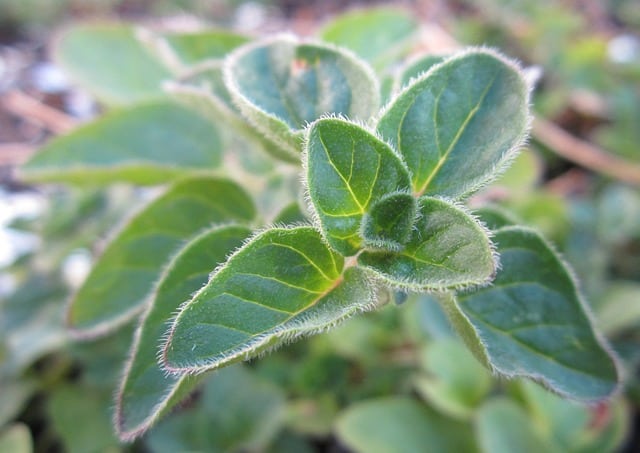
Oregano can be planted in warmer, frost-free areas in July. It does not perform well in cold climates. Oregano prefers full sun and well-drained soil, allowing it to release its fragrant flavor.
Planting Tip: Keep harvesting to encourage bushier growth.
Sage

Sage is a tough perennial herb that can handle cooler temperatures, making July viable for planting, especially in temperate regions. It grows best in sunny, well-drained locations.
Planting Tip: Water sparingly once established to prevent rot.
Mint
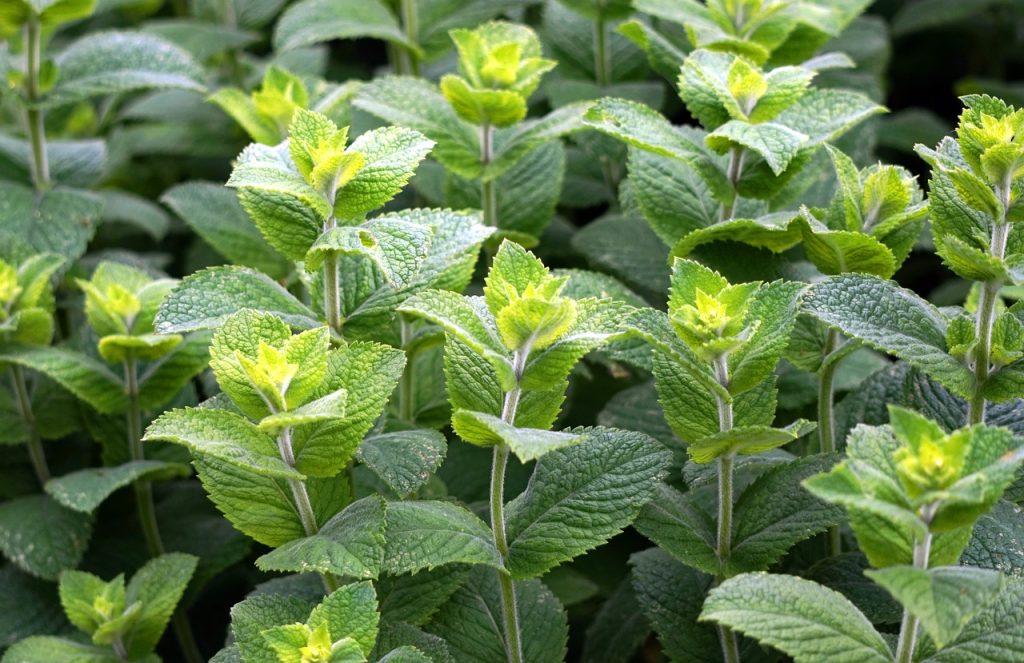
Mint is a fast-growing herb that can be planted in cooler temperatures. While it enjoys shade, it should be planted where it can spread without overtaking other plants. Good drainage is a must.
Planting Tip: Growing mint in pots is an excellent option to contain its growth.
Dill
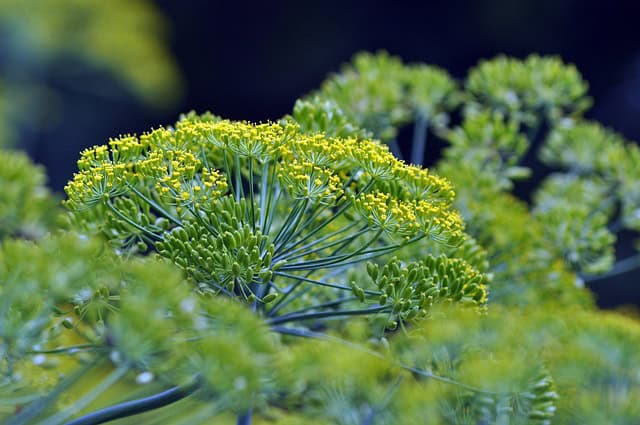
Dill can be sown in July, particularly in regions that do not experience extreme cold. Ideal temperatures for germination range from 15°C to 20°C. It prefers well-draining soil and a sunny position.
Planting Tip: Dill is best harvested in the early afternoon for flavor.
Landscape Plants To Plant
For those looking to add to their landscape during July, here are some excellent choices that can withstand winter’s chill while enhancing the beauty of your property.
Camellia
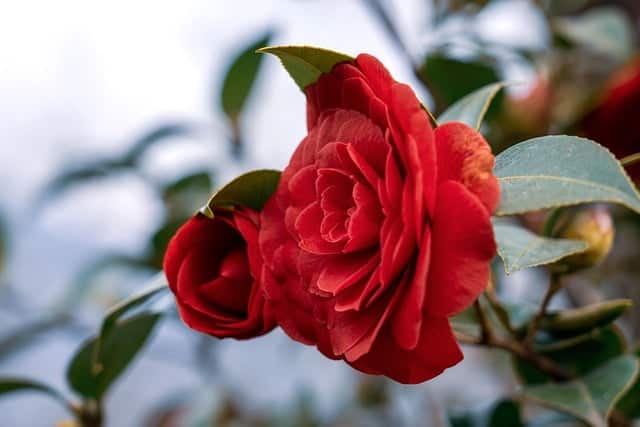
Camellias are flowering shrubs that can be planted during July. These hardy plants thrive in cooler temperatures, making them suitable for southern regions. They enjoy filtered sunlight and can withstand light frosts, producing vibrant blooms in the spring.
Planting Tip: Regular mulching protects roots during cooler months as they establish.
Native Australian Shrubs
Many native Australian shrubs can be planted during July, such as Grevilleas or Banksias. These hardy varieties are suited to Australian conditions and enhance the local biodiversity by attracting native birds.
Planting Tip: Incorporate mulch to retain soil moisture and reduce weeds.
Lavender

Lavender prefers well-draining soil and can be planted in milder areas during July. It thrives in warmer climates but benefits from the cool winter months to settle in before spring bloom.
Planting Tip: Pruning lavender after flowering promotes bushy growth.
Hollyhock

Hollyhocks are resilient and can be planted in many regions during July. They thrive in full sun and prefer well-drained soils. By planting now, expect stunning tall flowers by late spring.
Planting Tip: Providing support for their tall stems can improve overall plant health and aesthetics.
Azaleas
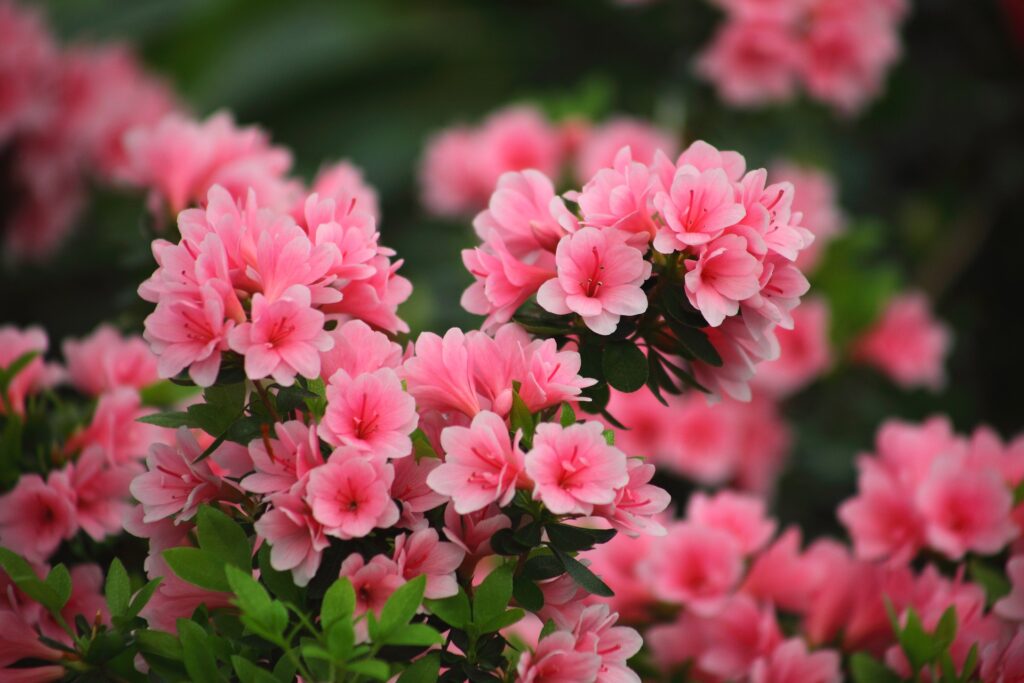
Azaleas are beautiful flowering shrubs that can be planted in sheltered areas of your garden in July, making them ideal for southern Australian regions. They prefer acidic soils and partial shade.
Planting Tip: Use organic fertilizers to ensure nutrient-rich growth.
Salvia
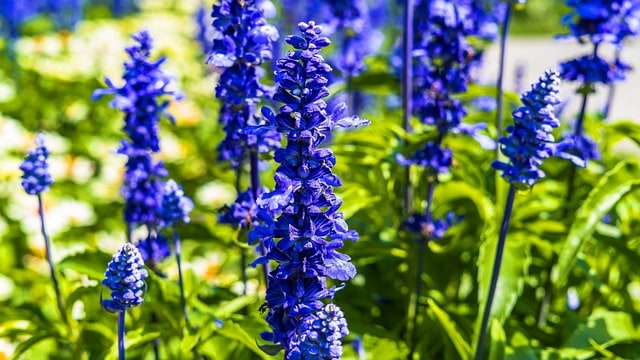
Salvia can flourish even in cooler temperatures. Planting in July leads to vibrant blooms in the following seasons. They are hardy, drought-tolerant plants perfect for various gardening styles.
Planting Tip: Deadheading will promote ongoing blooming and enhance garden appearance.
Hellebores
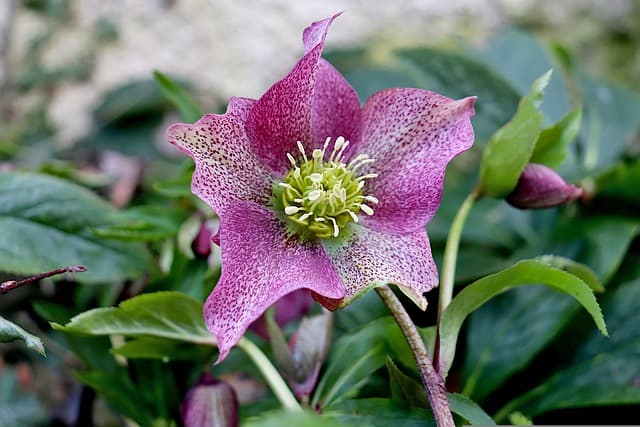
Hellebores, known as winter roses, are perfect for cooler temperatures and can often bloom even in the depths of winter. They provide color and life to garden beds.
Planting Tip: They thrive in rich, well-drained soil with moderate moisture—ensure they are protected from harsh frost.
Jasmine
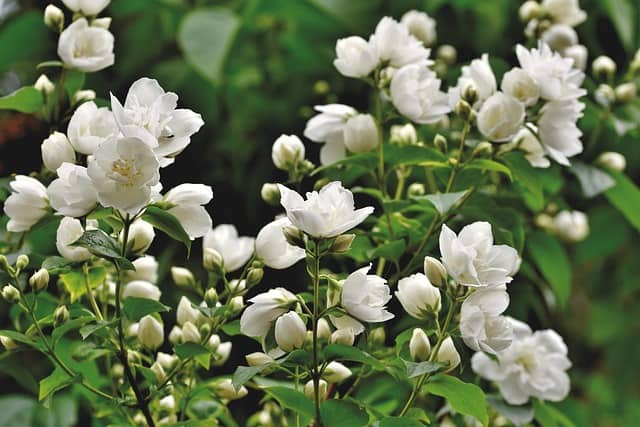
Jasmine can be planted in sheltered areas during July. These fragrant climbers do well in warmer climates and will provide sweet-smelling flowers in spring and summer.
Planting Tip: Train them against a sturdy trellis or fence for beautiful coverage.
Rhododendron
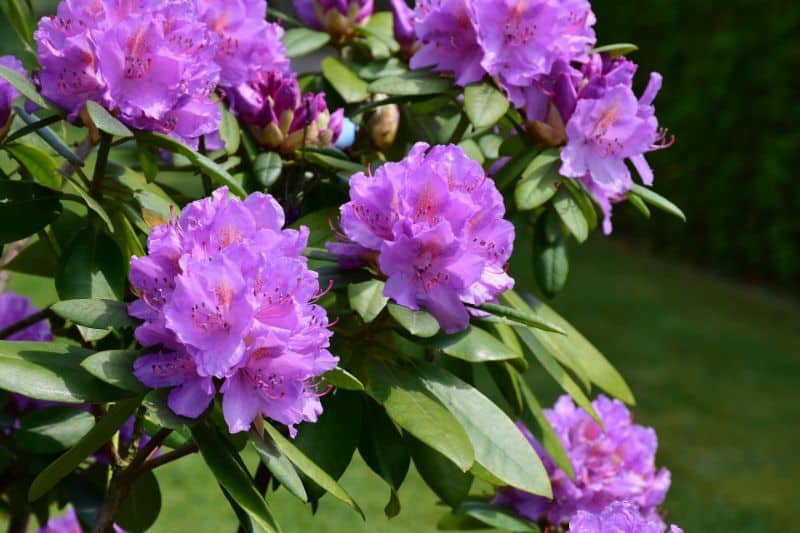
Rhododendrons are hardy flowering plants that can tolerate cool temperatures. They can be planted in regions that do not experience severe frost. Planting them in July allows them to get established during winter.
Planting Tip: Ensure they are planted in acidic soil to support growth.
Boxwood
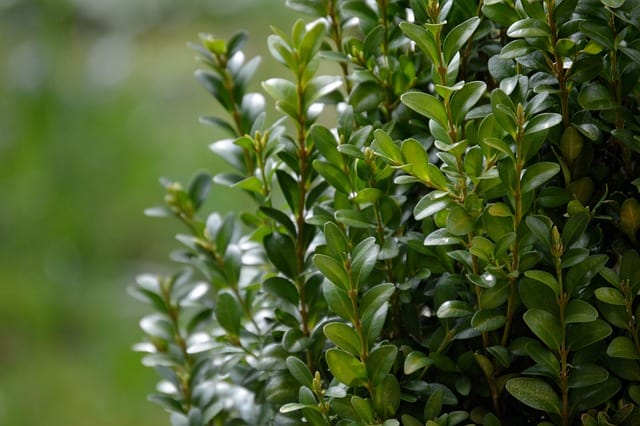
Boxwood can be planted during July to form natural hedges or topiary. They tolerate cooler temperatures and once established, grow well in a variety of soil conditions.
Planting Tip: Regular pruning encourages a dense growth habit and shape.


